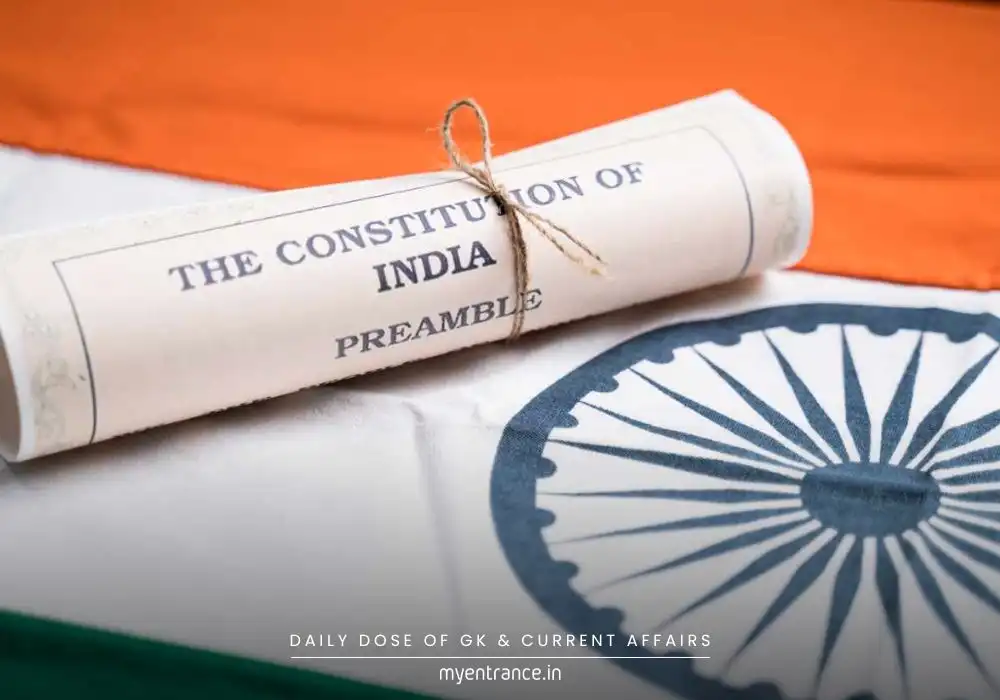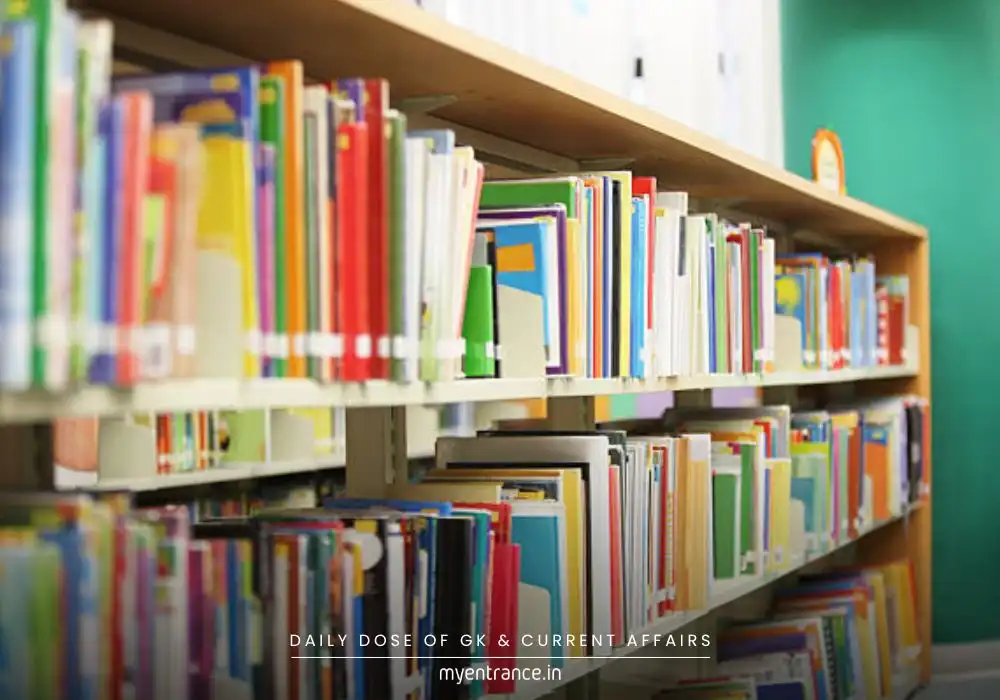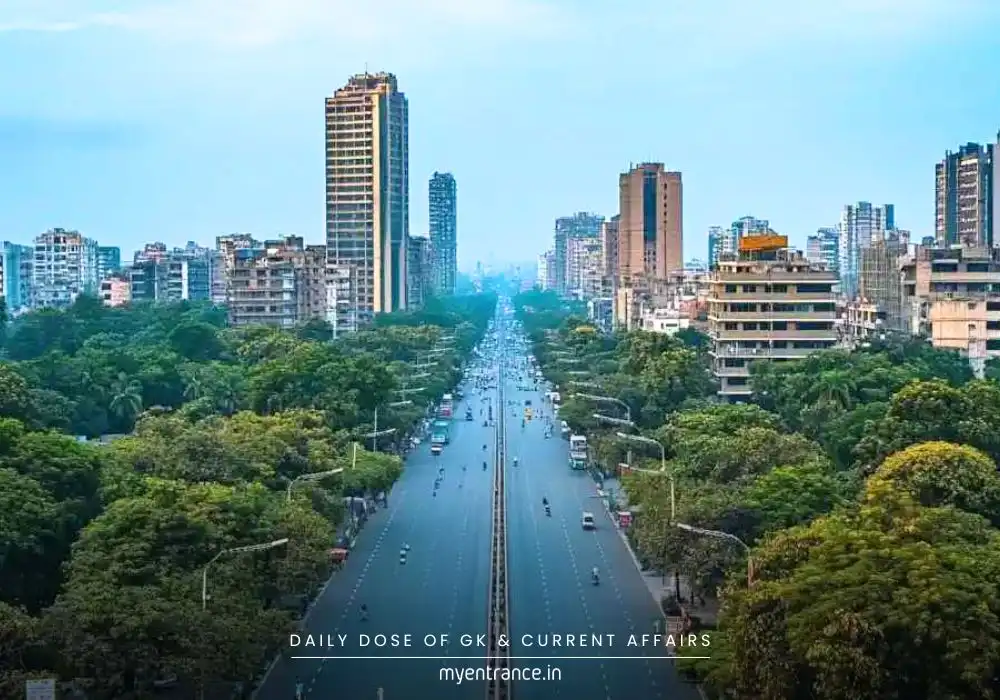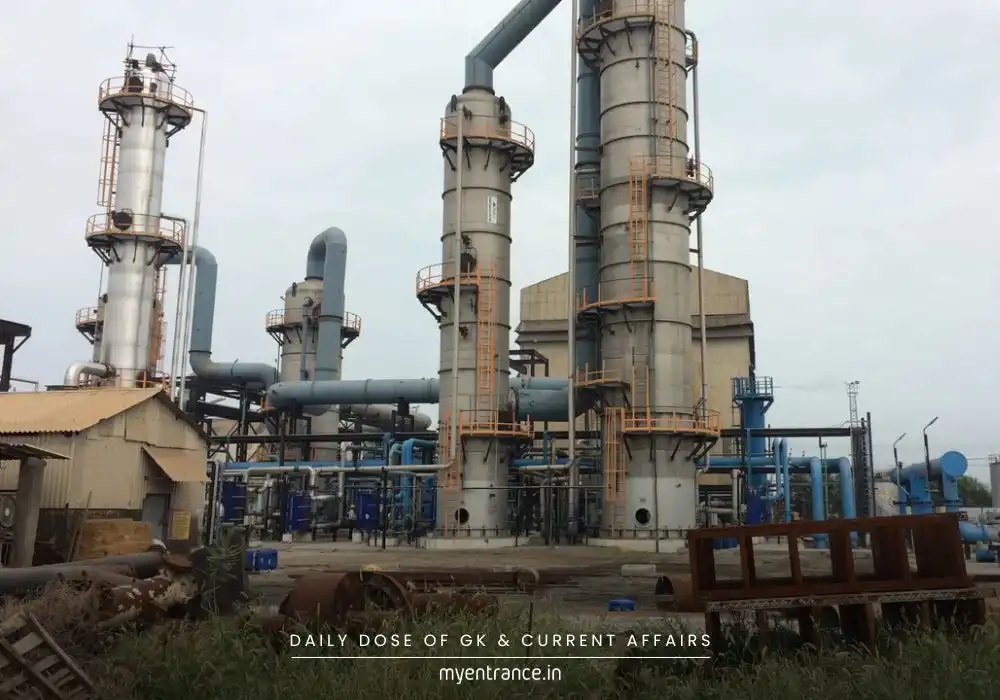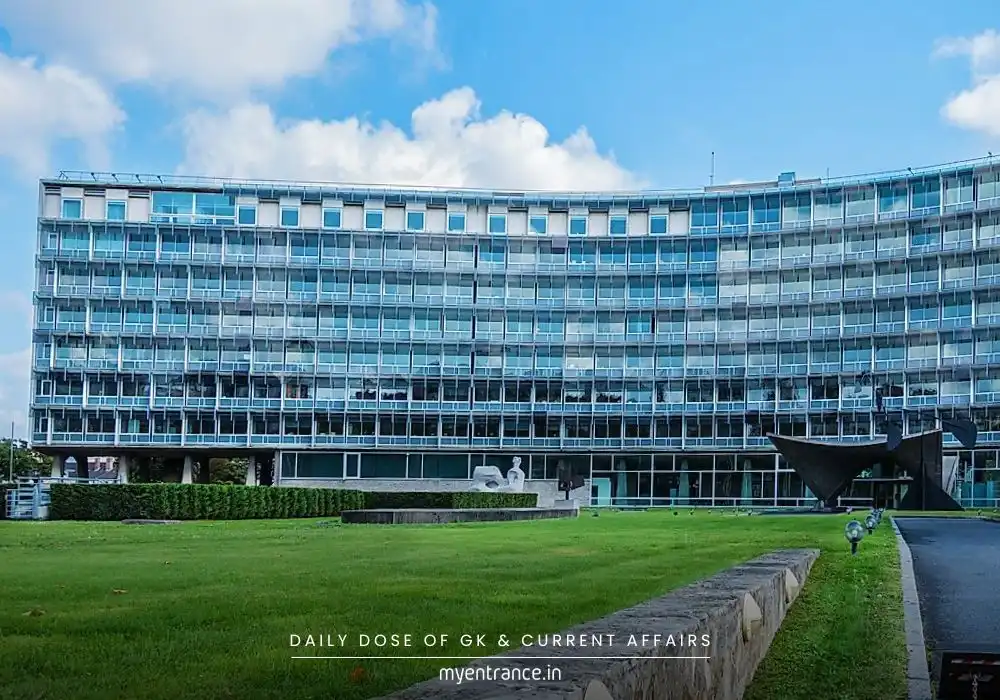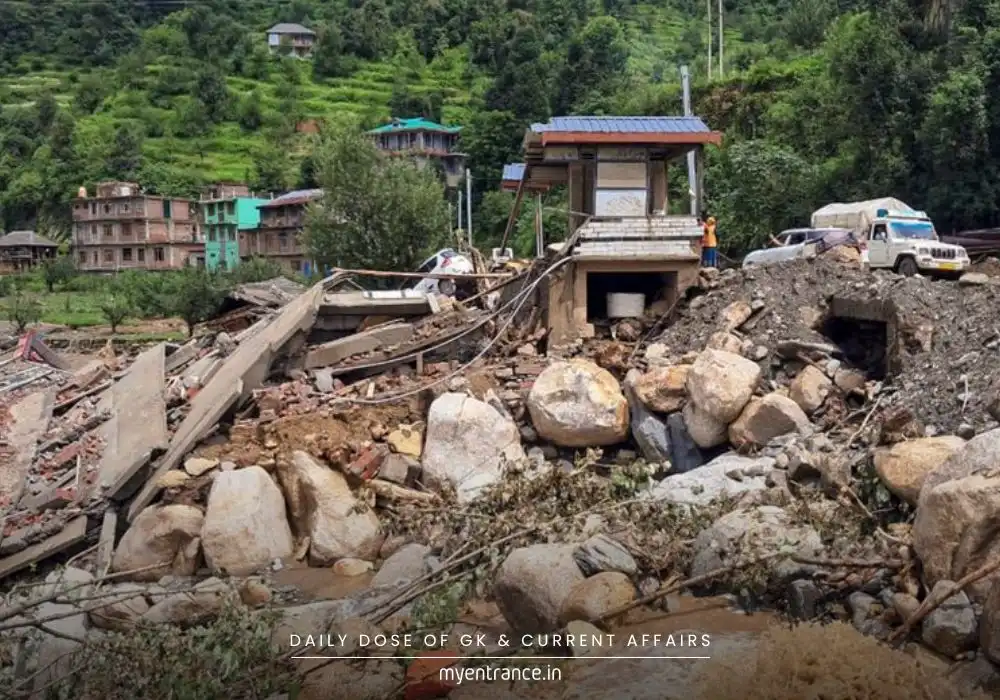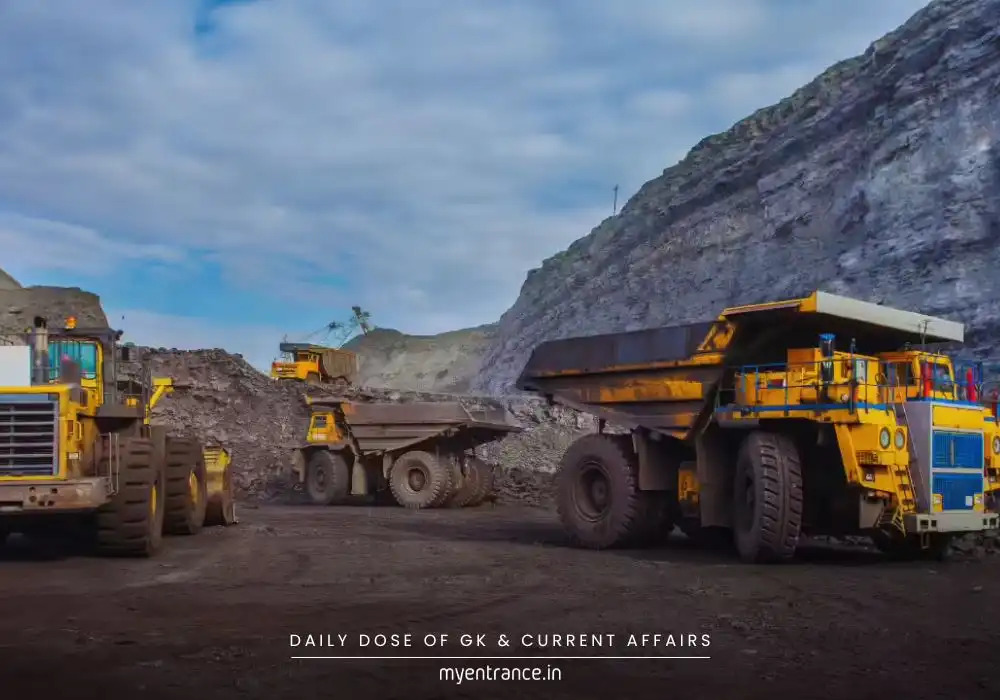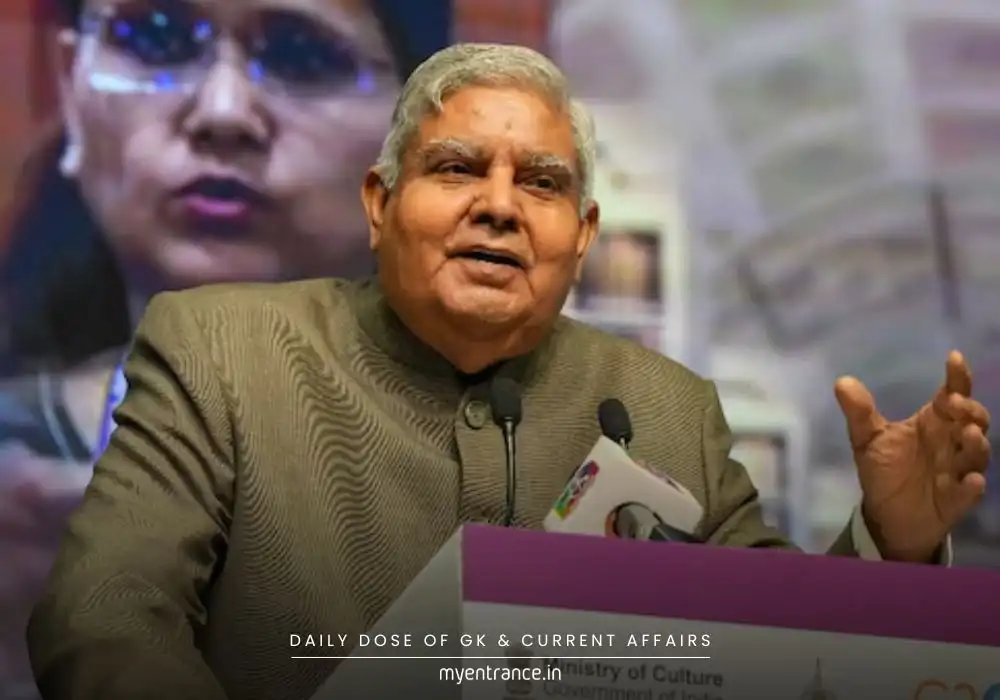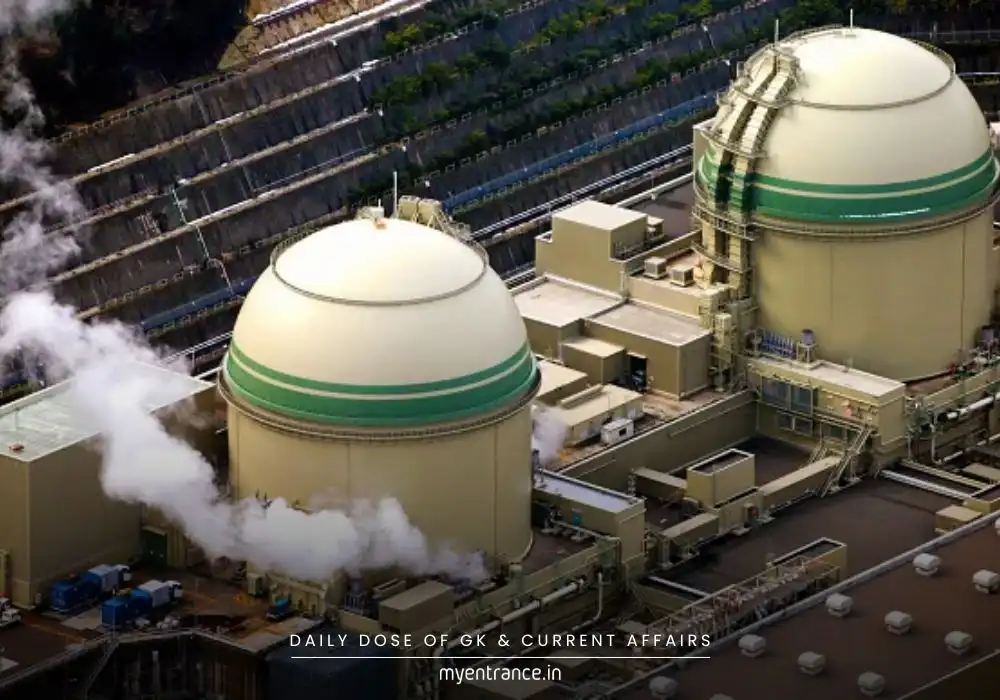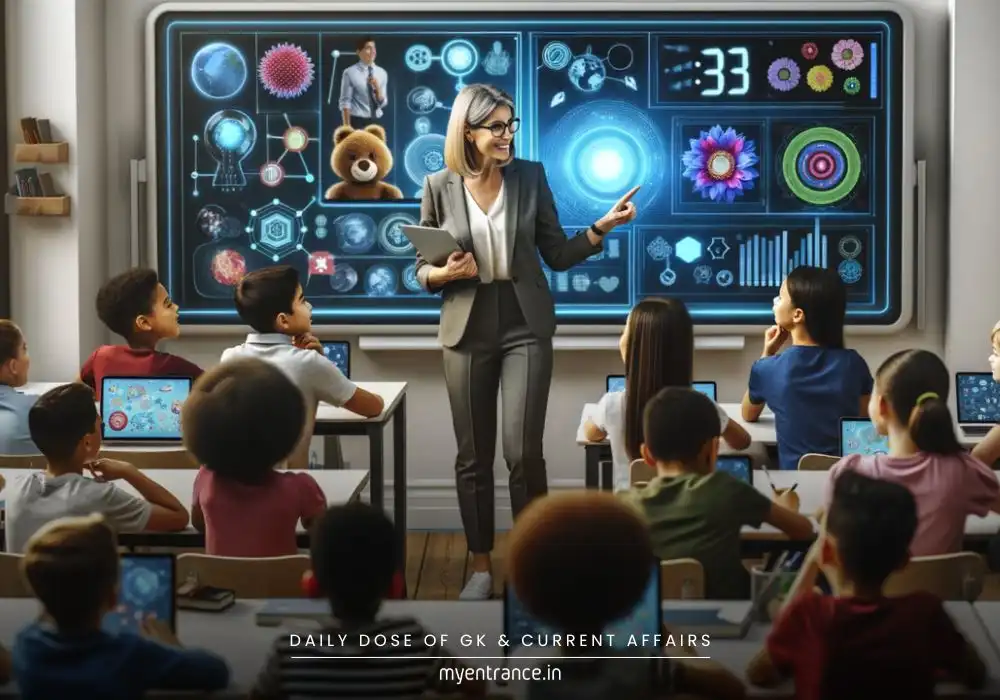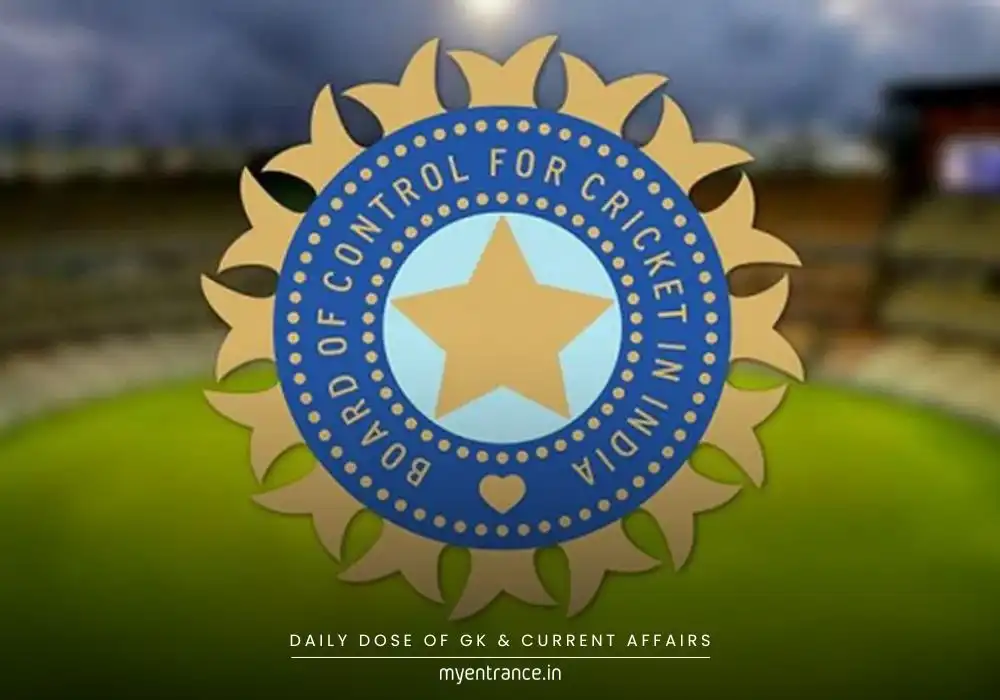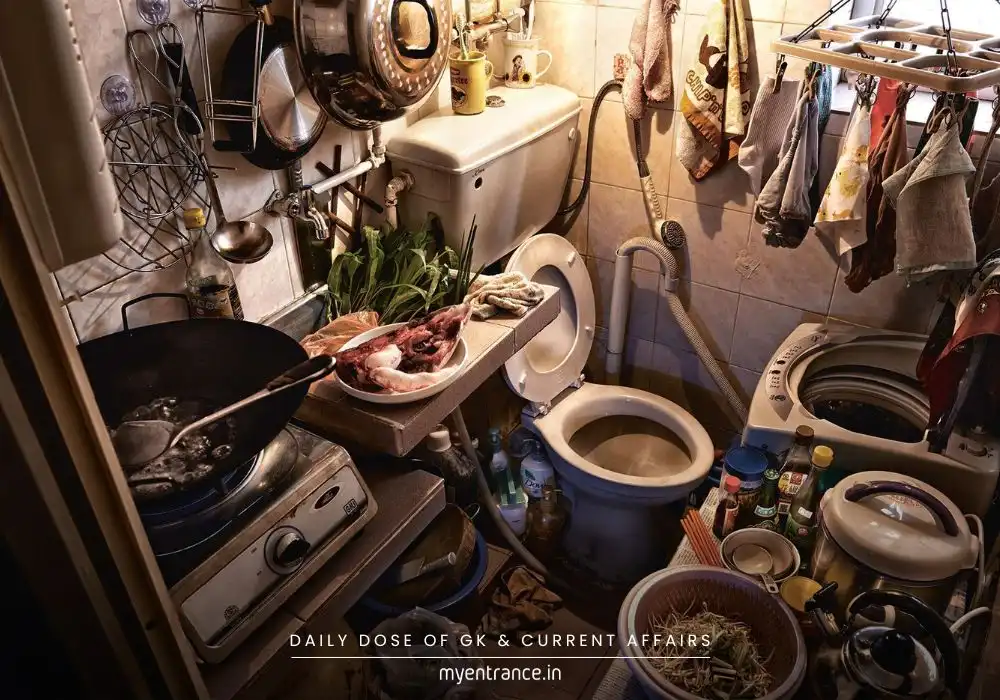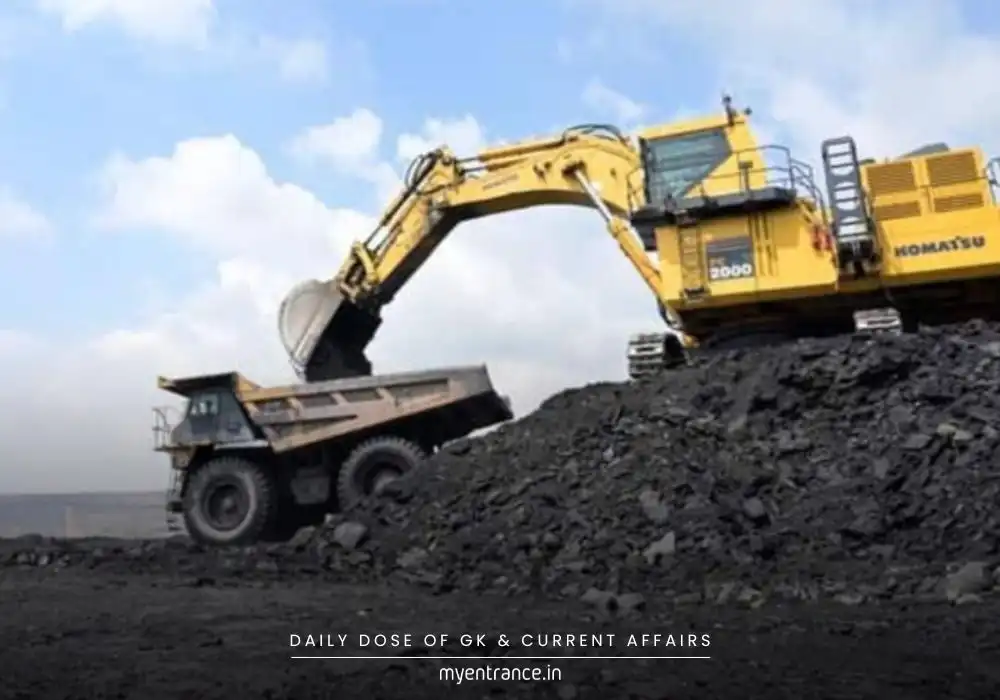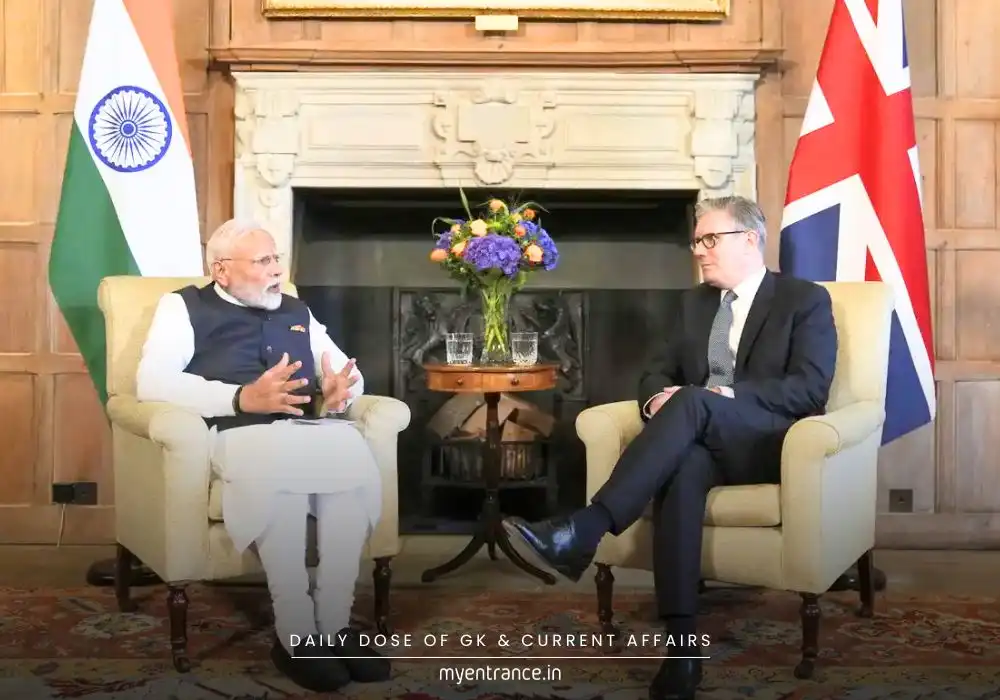Translate Language
What Does the Line of Actual Control Between India and China Really Mean?
India and China met once again to discuss the ongoing situation along the Line of Actual Control (LAC) in eastern Ladakh. The talks aim to manage tensions, reinforce peace, and move toward full normalization of bilateral ties. But what exactly is the LAC, and why does it matter so much?
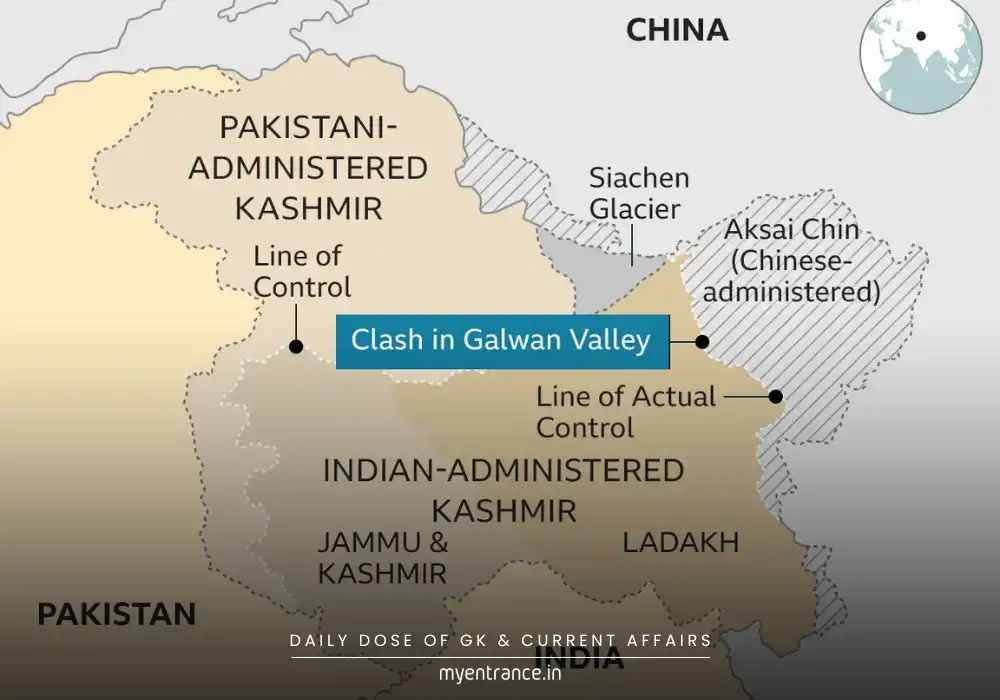
What Does the Line of Actual Control (LAC) Stand For?
The Line of Actual Control (LAC) is not a formally agreed-upon international border but a de facto boundary that separates Indian-controlled territory from Chinese-controlled territory. It stretches over 3,488 kilometers, mainly covering regions like Ladakh, Arunachal Pradesh, and Sikkim.
The concept of the LAC emerged after the 1962 India-China war, with both sides having differing perceptions of where the line lies. This discrepancy often leads to border stand-offs and military tensions. The eastern Ladakh region, in particular, has seen heightened military activity and disengagement efforts in recent years.
On July 24, 2025, India and China held a fresh round of discussions through the Working Mechanism for Consultation and Coordination (WMCC). Both sides reviewed the current status along the LAC and prepared for the next round of Special Representatives’ (SR) dialogue. The goal is to ensure regular diplomatic and military-level engagement, promote effective border management, and restore trust.
India was represented by National Security Adviser Ajit Doval, while China’s side was headed by Foreign Minister Wang Yi. The last SR dialogue happened in Beijing in December. Talks continue with cautious optimism following troop disengagements, but full de-escalation is still pending.
Despite troop withdrawals from some key friction points like Demchok and Depsang, both nations still have around 50,000–60,000 troops stationed along the LAC. The situation remains sensitive but stable. These efforts at high-level talks are essential for long-term peace and border security.
The current talks come after External Affairs Minister S. Jaishankar’s visit to China and follow previous dialogue resolutions made during a meeting between Prime Minister Modi and President Xi Jinping in October last year.
Questions and Answers Related to Line of Actual Control
Q1. What is the Line of Actual Control (LAC)?
A1. The LAC is a demarcation that separates Indian and Chinese-controlled territories, not an officially recognized international boundary.
Q2. Why is eastern Ladakh significant in the LAC talks?
A2. Eastern Ladakh has been the hotspot of recent military tensions and stand-offs, making it a focal point in border discussions.
Q3. What is the WMCC in the context of India-China relations?
A3. The Working Mechanism for Consultation and Coordination (WMCC) is a platform for diplomatic dialogue to resolve border-related issues.
Q4. Who are the Special Representatives in the boundary talks?
A4. India’s Special Representative is NSA Ajit Doval, while China’s is Foreign Minister Wang Yi.
Q5. What led to the current phase of de-escalation?
A5. An agreement reached in October last year initiated disengagement from key points like Depsang and Demchok, leading to reduced tensions.
Why Is This Topic Important for Your Exam?
Current Affairs Relevance: Questions on the India-China border dispute frequently appear in UPSC, PSC, and SSC exams.
Geopolitical Awareness: Understanding the LAC helps in answering questions related to India’s foreign policy and defense.
Static + Dynamic Integration: This topic is a great example of how static geography (borders, neighboring countries) and dynamic current affairs (diplomatic talks) come together.
Essay & Interview Utility: For mains exams and interviews, you can use this as a case study in India’s diplomatic strategy.
International Relations: Useful for International Relations and General Studies papers in UPSC and State Public Service Exams.
Get 3 Months Free Access for SSC, PSC, NIFT & NID
Boost your exam prep!
Use offer code WELCOME28 to get 3 months free subscription. Start preparing today!
